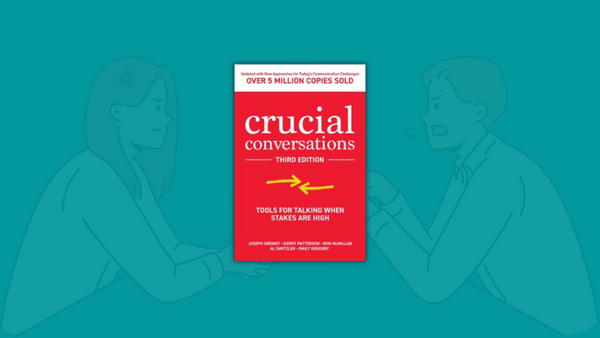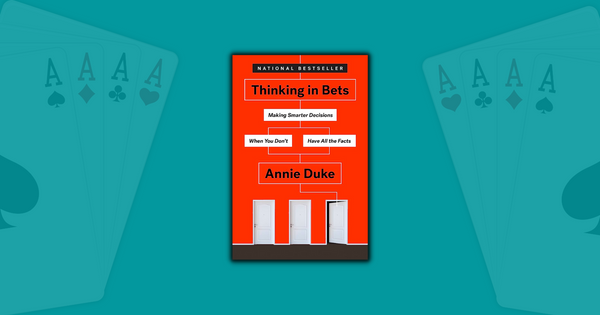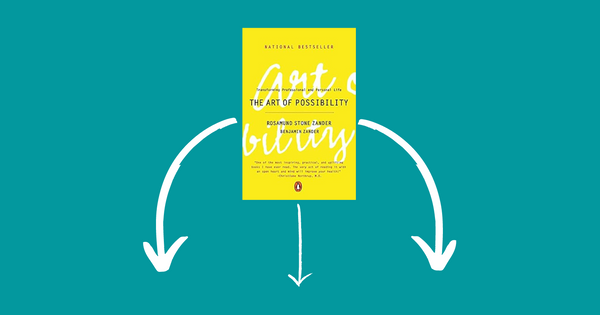Top 8 Banned and Challenged Books
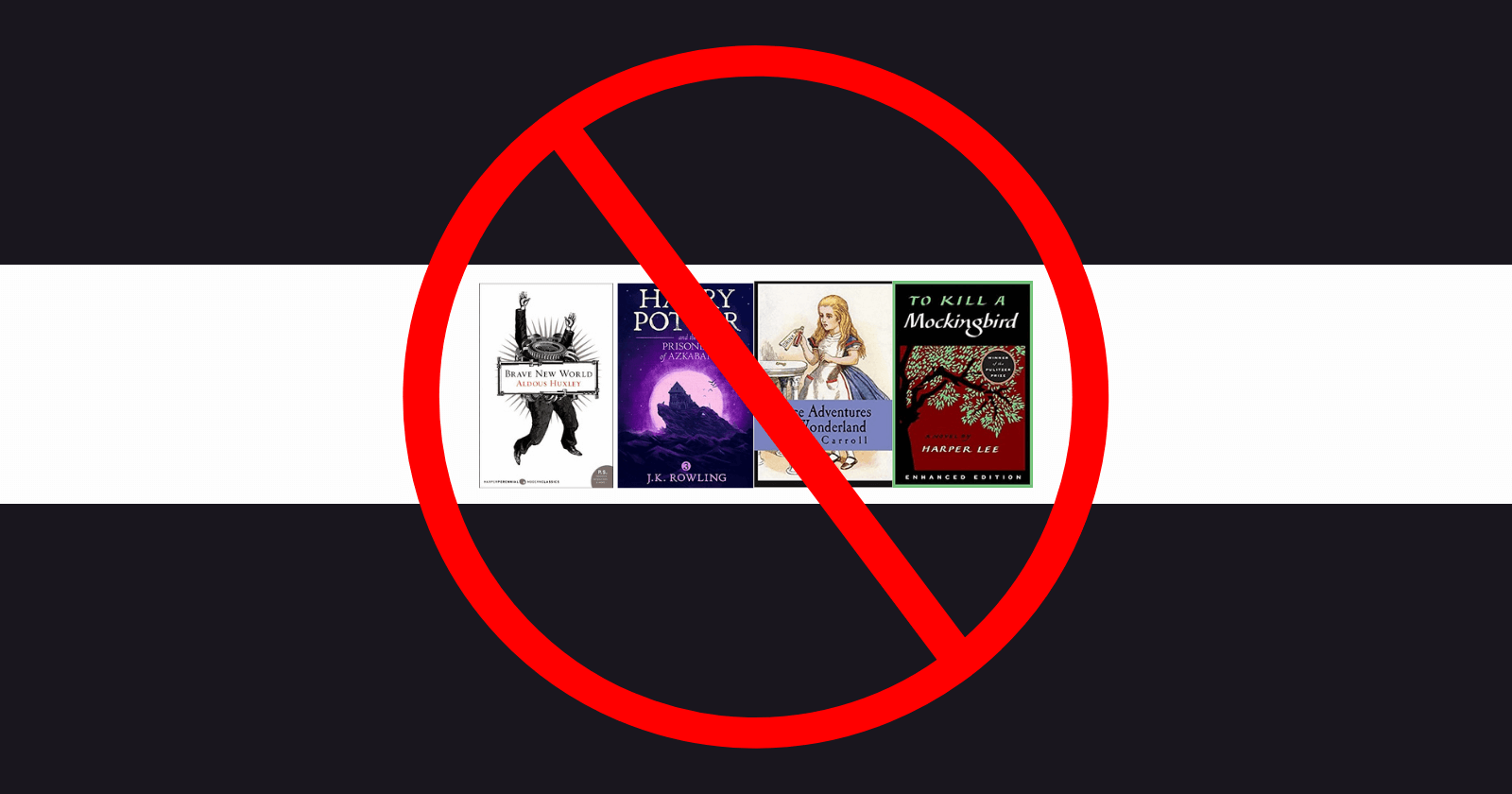
The label “banned book” could also be seen as a good marketing tactic, but unfortunately, this is still not the case. While the promise of forbidden knowledge undeniably has a stimulating effect on reading, throughout history writers have been silenced because of the ideas behind their stories, and today in the spirit of political correctness.
This is not the forbidden knowledge referred to in many click-bait articles. Yet I wondered when I got my girlfriend reading a book that is still banned in China these days.
The recognition that banned books still exist has raised several questions:
- Why is a book banned in the 21st century?
- What are the most censored books in history?
- What are the reasons behind banning a book?
The list of banned books throughout history is extremely long, so today I have tried to gather volumes worth reading and a few books that have been banned to this day.
Instead of listing essays that are banned for political purposes, mostly because they were written for political objectives, I have collected novels that, in addition to being valuable books, even have a good background story.
1. Alice's Adventures in Wonderland by Lewis Carroll
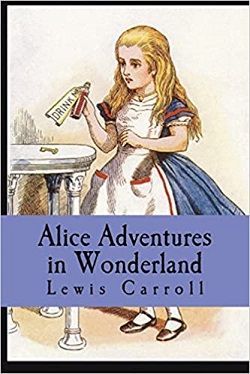
Alice's Adventures in Wonderland was inspired by the little daughter of the university’s dean, where Charles Lutwidge Dodgson, under his pseudonym Lewis Carroll, taught mathematics. Alice spent a lot of time in college with Dodgson, and the writer entertained her with fantastic stories and fictional worlds.
During a picnic, Dodgson told Alice and her two brothers about a strange fantasy world and the adventures of a little girl. The unfolding story was later described by the math teacher and given as a gift to Alice.
Thanks to the popular film adaptation, Alice’s story has become widely known, but the world marked by The White Rabbit, The Mouse, and Bill the Lizard has received fierce criticism in the 20th century, and has been banned in some U.S. states and once in China.
Reasons for the ban
Promotion of psychedelic drugs
As a result of the social changes that took place in the 1960s, a group of parents in the U.S. believed that portraying hallucinatory characters is indirectly promoting drug use. Illustrations similar to the visual effects of drugs were thought to be used to promote LSD and fungi.
Representation of human-like animals
In 1931, a government censor, General Ho Chien, banned books from Alice in Wonderland in China’s Huan Province. The reason for his ban was that the animals depicted in the book were too humane.
Representing people and animals with equal complexity, according to General Ho Chien, can have catastrophic consequences for society, especially for children.
2. Lord of the Flies by Williams Golding
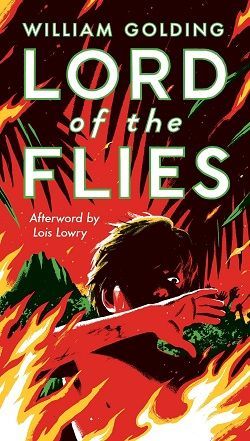
A group of small English boys arrives on an uninhabited island after surviving a plane crash. The starting point would make a great adventure novel instead we get a story full of violence and conflict, where organizing the boys' little society turns into a dystopian action film/book.
Golding is not afraid to portray the dark side of the human soul, which is why parents in the U.S. are constantly trying to remove the book from the list of required readings. In some American libraries, Lord of the Flies was simply taken off the shelves.
Reasons for the ban
- Excessive violence
- Profanity
3. Wild Swans: Three Daughters of China by Jung Chang
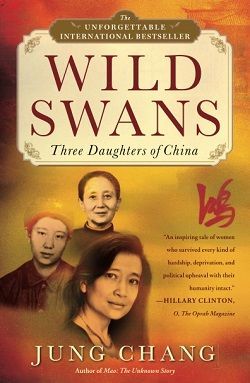
The Wild Swans is a memoir, a three-generation family story that portrays the changes that have taken place in China over the last 100 years and introduces us to the lives of ordinary people.
The Chinese writer, Jung Chang, who lives in London, introduces a politically confused, war-torn China through the story of her mother and grandmother.
The Wild Swans has been on the blacklist in China since the book was published.
4. George Orwell: 1984 and Animal Farm
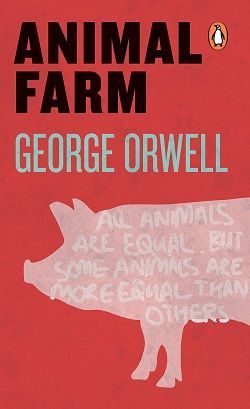
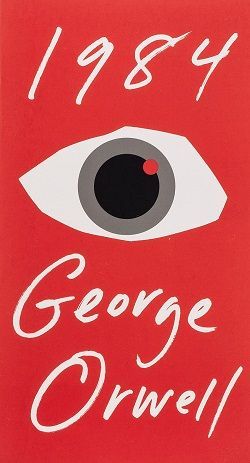
George Orwell’s dystopian worlds, which point to the abuses of Stalinist communism, the absurdity of the authoritarian system, soon became banned in the Soviet Union.
Symbolically criticizing Big Brother, the command economy that encouraged meaningless work, and the confinement of thinking, 1984 was on the blacklist in the Soviet Union from 1950 to 1990.
The symbolism of the book also reached Stalin.
In Animal Farm, pigs at Mr. John’s farm make a revolution, earn their freedom, and then begin to build their society, which doesn’t end in a success story. The pig dystopia, which can also be seen as a critique of communism, was banned not only for political reasons.
In 2002, the volume was banned from schools in the United Arab Emirates because it contained text and illustrations contrary to Islamic values. Specifically, the talking pigs were problematic.
5. Brave New World by Aldous Huxley
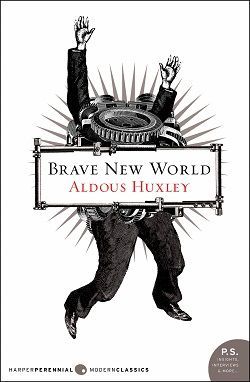
In Brave New World, Huxley takes the reader to a 26th-century London. In the dystopian society of the future, genetics and hypnosis will become the defining building blocks of life. The people of the future are divided into castes and wearing clothes of different colors representing their group.
There are no wars and since technology has solved everyday problems, people in the Brave New World are looking for hedonistic experiences.
Immediately after its release in 1932, the book was banned in Ireland and has been lobbied ever since to remove it from several shelves. Furthermore, in 2011, the book was added to the top 10 list of books that the American Librarians Association (ALA) most eagerly wanted to ban.
Reasons for the ban
- Corporeality and moral issues
- Drug propagation
6. J.K Rowling: Harry Potter Books
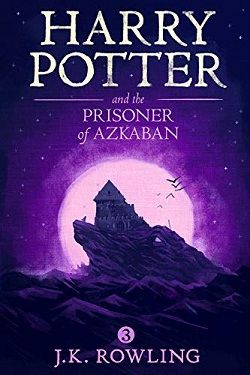
Adventures between and beyond the wall of the Hogwarts were not welcomed by all readers. In 2001, a group of anxious parents in Lewiston, Maine, collected Harry Potter books found in the area and protected their children from occultism as part of a good old medieval book burn.
Because of the world described in the book, the spells, and the “values opposed Christianity” putting Harry Potter books on the blacklist is still a frequent issue in American schools today.
In 2019, a Catholic school in the state of Tennessee decided to ban the lending of Harry Potter books in its library because they contain “real spells”.
Another actual topic is the nuances of the carefree expansion of the Harry Potter universe. JK Rowling began to actively use Twitter and shared his views on the transgender question on social media and her blog.
Because of his opinion, many are attacking Rowling, and some are demanding his silence. A group of HP fans is pushing for a separation between the story and the person behind it.
7. To Kill a Mockingbird by Harper Lee

Harper Lee’s classic, released in 1960, has sold more than 30 million copies worldwide. The Pulitzer Prize-winning book even topped the Bible on the list of British book distributors.
The topic of the volume is racial discrimination and violence closely related to discrimination in the southern states of America. Despite the serious subject, the tone of the short story is pleasant, sometimes humorous.
Although the book is currently in the curriculum in the United States, however, in the past campaigns have been launched to ban it. Some schools have succeeded in removing Harper Lee's book from the list of required readings.
8. Operation Dark Heart by Anthony Shaffer
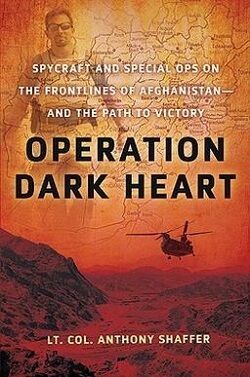
By the end, I left an extremely interesting banned book, for which not only the content but the circumstances of the publications has a twisted story.
The author of Operation Dark Heart, Anthony Shaffer, is a retired lieutenant colonel in the U.S. Army who in 2010 tried to publish the story of his 5-month mission to Afghanistan as part of the Defense Intelligence Agency.
The volume was so detailed that it contained real names of intelligence officers and even showed secret operations at the time of publication. The Defense Intelligence Agency, the CIA, the National Security Agency, and the U.S. Special Operations Command also commented on the manuscript, which identified 250 pages of encrypted information.
Nevertheless, a book based on the original manuscript was printed in 9,500 copies.
The publishing process took an interesting turn here. The first edition worth $ 47,300 was immediately bought and destroyed by the publisher at the request of the Pentagon.
Later, a censored copy was placed on the shelves of bookstores, however, several copies of the first edition could not be destroyed. These original books still circulate freely today, and the “refined” story is also available alongside them.
Have you read any of the banned books?

